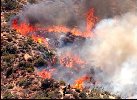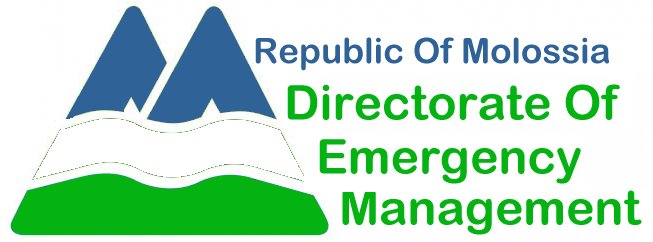General Response Guidelines to Wildfire Incidents
Forest fires and wildfires are a serious threat to the Republic of Molossian in general. High winds can feed fires that travel over five to ten kilometers or more within an hour. In steep terrain, chances of outrunning and surviving an active fire are very low. In such events, communities or residents may have to be evacuated to safer locations; this may result in citizens leaving Molossian sovereign territory. Due to the small size of our nation and its scattered exclaves, combating forest and wildfires will usually involve local law enforcement, fire and emergency services, the U.S. Forest Service and Bureau of Land Management, and other community service efforts. It is critical that, upon the arrival of professional emergency personnel, such as firefighters, sheriffs, or law enforcement officers, those professionals be in charge during a wildfire incident. These professionals have the training and capability to more adequately respond to emergency situations. The Republic of Molossia has a small volunteer Fire Brigade which is equipped to handle minor fires. Individual citizens should also be willing and able to assist in minor fire suppression within our territories; larger conflagrations should definitely be handled with the assistance of local US fire departments. |

Fire In The Desert Near Molossia
|

